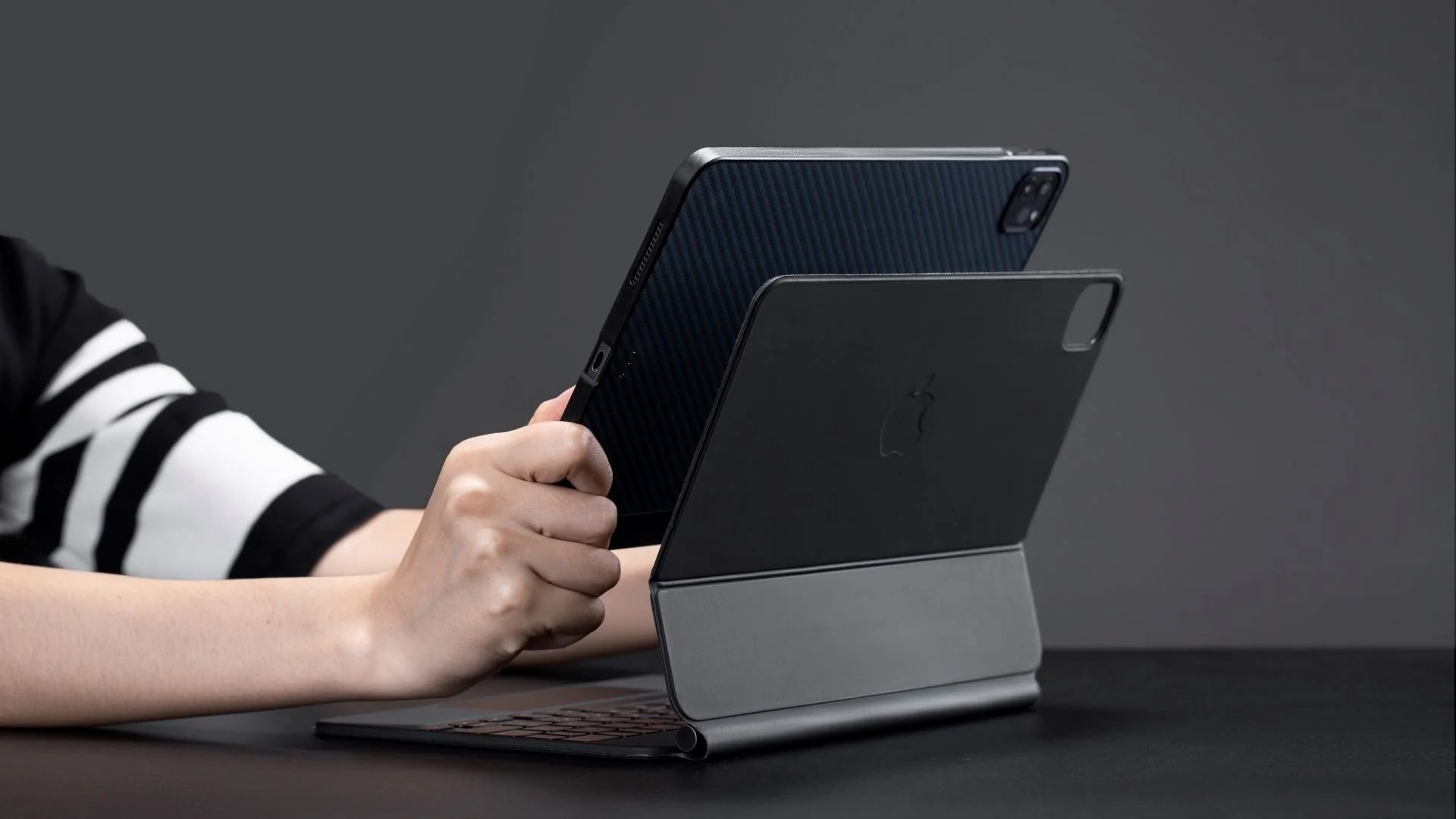Test fixture for new iPad and Magic Keyboard development
Image source: Pitaka
When Apple was developing the first-generation Magic Keyboard for iPad Pro, engineers wanted to ensure the tablet would align well with the keyboard when attached. Variables that could influence this were:
How a user attached the iPad and keyboard (Was it straight on or from from an angle? How far away were they holding the iPad?)
Material choice for the keyboard that influenced the friction between the iPad and keyboard
Magnet pattern holding the two together
I developed a text fixture and experimental plan to evaluate how the above variables influenced the following drawbacks:
Pogo power pins misalignment, which could cause the keyboard to lose data or power connection
Screen held at an angle noticeable to user
Camera area covered by the keyboard case
To accomplish this, I designed hardware, developed an image-processing script, and collaborated with cross-functional teams.
My conclusions influenced the material selection for the first-generation Magic Keyboard for iPad Pro.
I unfortunately don’t have images of this design work, but I am happy to share more in person.
